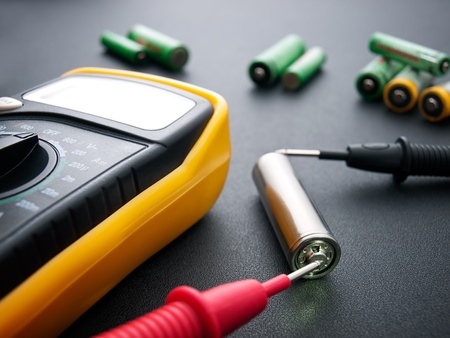 Introduction
Introduction
Hans Christian Oersted (1777–1851), a Danish physicist, was performing an experiment in 1820 when he noticed that whenever an electric current from a battery was switched on or off, a nearby compass needle was deflected. Through additional experiments, Oersted was able to demonstrate the link between electricity and magnetism. The following year, English scientist Michael Faraday (1791–1867) created a device that produced “electromagnetic rotation.” This device is known as a homopolar motor since the motor requires no commutator to reverse the current.
A motor converts electrical energy to mechanical energy. The simple motor in this activity changes the electrical energy output by the battery to mechanical energy as the copper wire is set into rotational motion. Any current-carrying wire produces an associated magnetic field. The electrons in the wire are subjected to a magnetic field and experience a force—referred to as the Lorentz force—that is perpendicular to both the magnetic field and the direction of movement. At some point along the length of the wire, the electrical current is not parallel to the magnetic field. The resulting Lorentz force is tangential and induces a torque on the copper wire. This torque causes the copper wire to spin.
Continue reading →

 Introduction
Introduction Introduction
Introduction